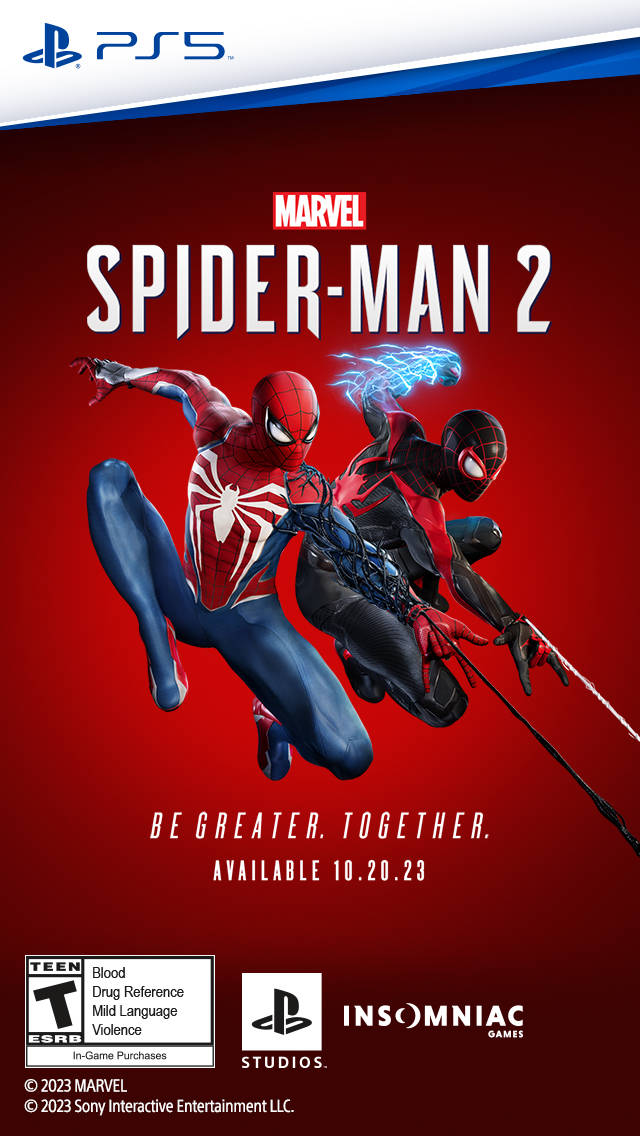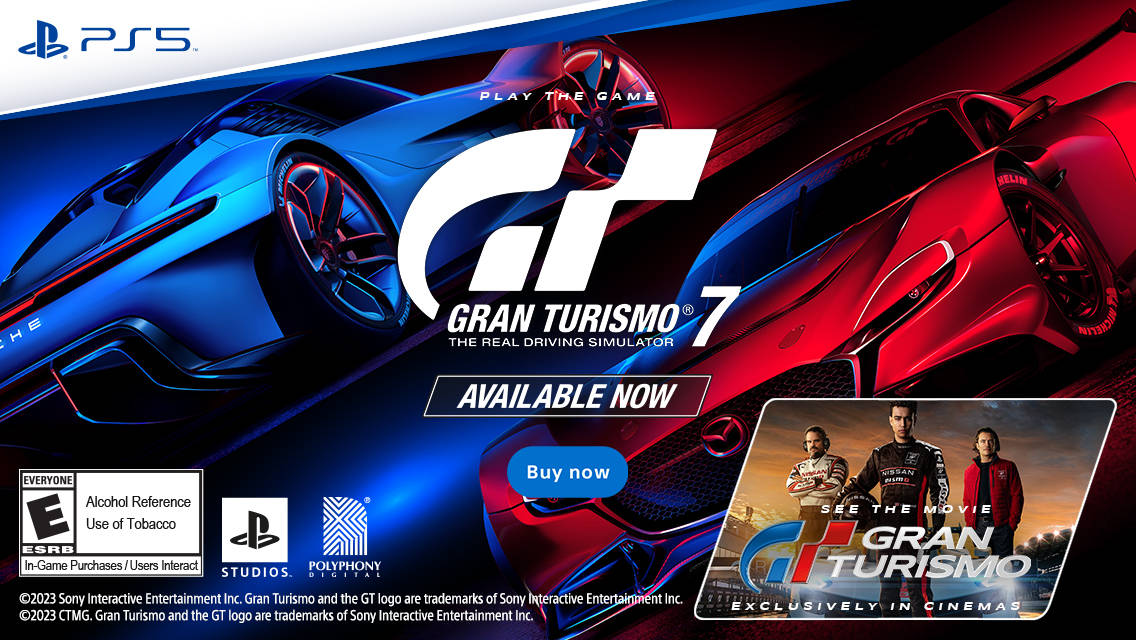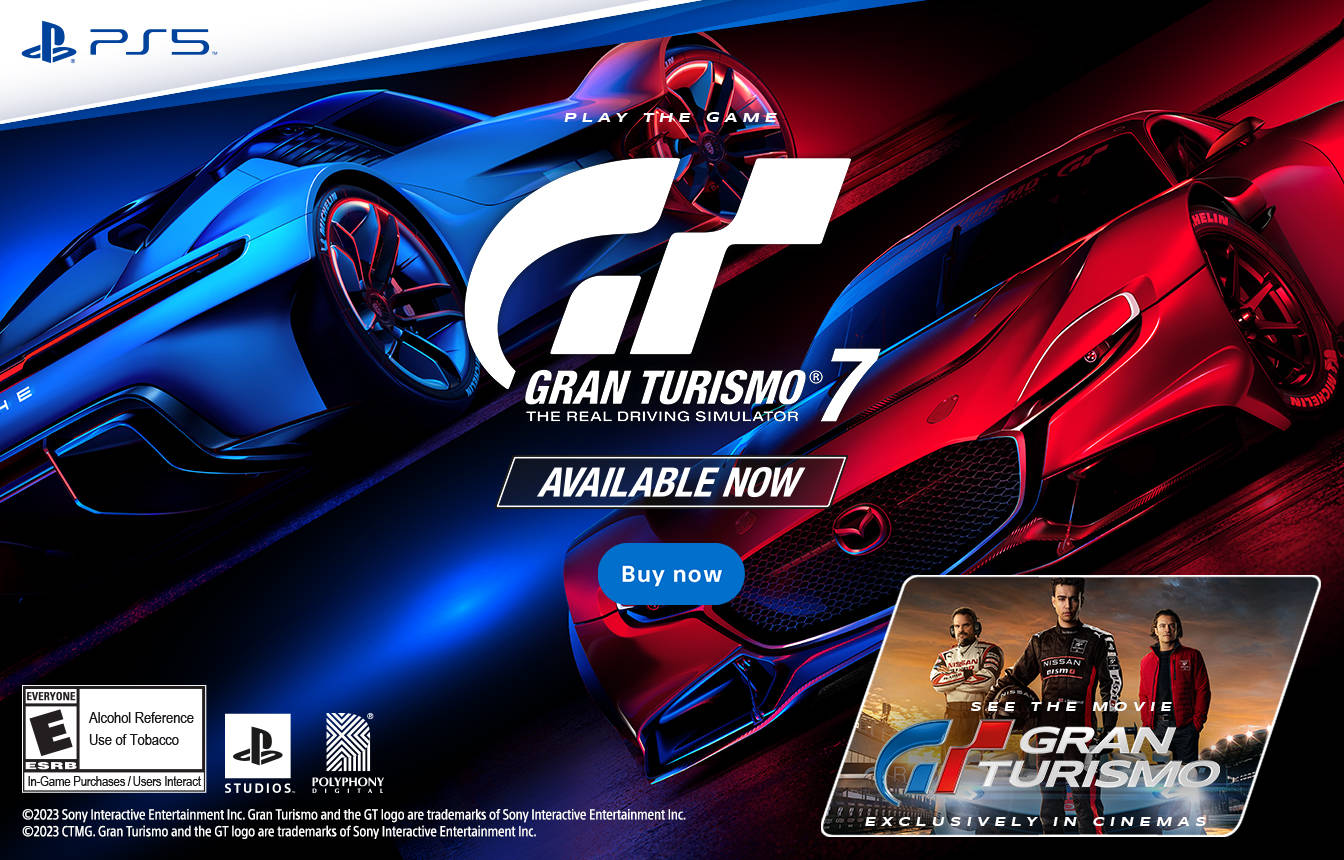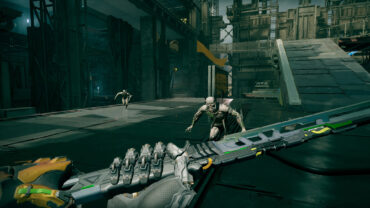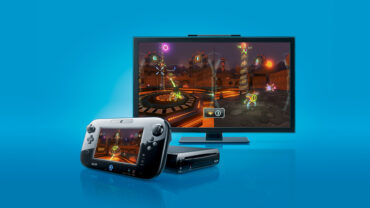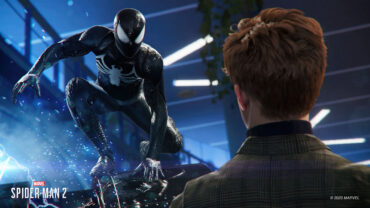Whenever I try to talk about God of War Ragnarök, I start spewing out the sort of hyperbolic blurbs they used to put on the back of VHS boxes when I was a kid: “A modern masterpiece!” “One of the best games ever made!” “A new high-water mark for interactive storytelling!” “You’ll pay for the whole game, but you’ll only need the edge!”
Okay, that last one doesn’t make any sense, but you get my point. I used to think I was so much better than those dumb movie critics. Were they just blatantly trying to get quoted in the promo material? Didn’t they have anything insightful to say?
Yet here I sit, older and dumber, unable to do anything but gush over a blockbuster. In the end, time turns us all into Peter Travers, Rolling Stone.
So, no, I have no probing insights into God of War Ragnarök, but I can give you my unqualified recommendation. If you finished 2018’s God of War, you’re going to be, at bare minimum, satisfied with this sequel. If you missed out on the last game, it’s probably worth lining up a double feature in the near future.
I can also confirm, if you need the assurance, that the marketing materials have not lied to you. The combat system from the last game—already spectacular—returns with all the magic intact, with enough new additions to make it shine even brighter. There’s far more variety among enemy types, and especially among bosses and sub-bosses. (You are no longer carving your way through a troll parade.) New shields offer slightly different blocking and parrying playstyles to suit your tastes. Arenas have more verticality, as Kratos can now use his blades to rapidly pull himself onto ledges. There’s even a third new weapon (which I won’t spoil) joining the Blades of Chaos and Leviathan Axe, distinct from the others but just as much of a blast to use. It’s actually my favorite now, by a wide margin.
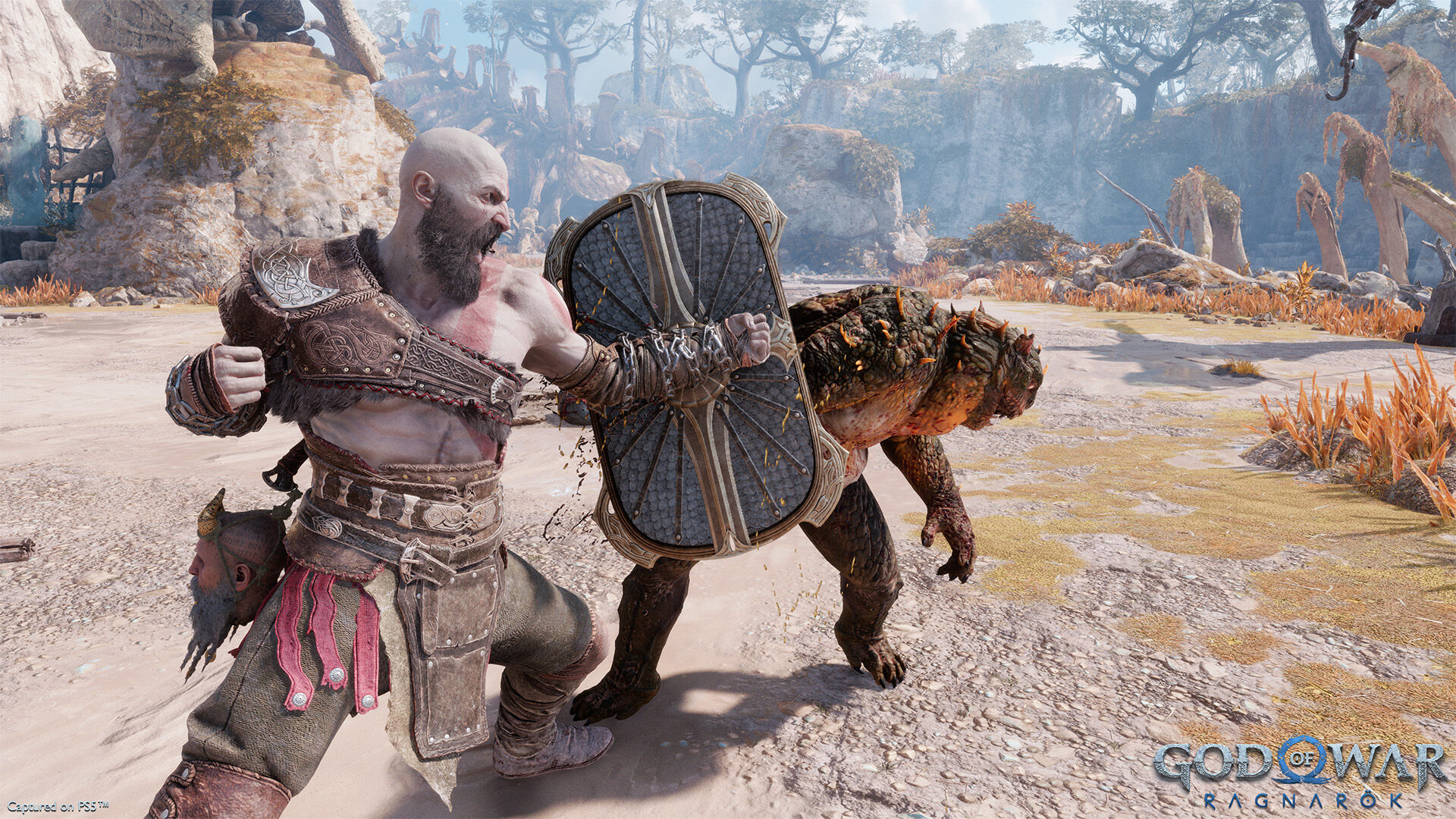
You indeed visit all nine realms of the World Tree, and while a few are still relatively small, several rival the scale of Midgard in the last game, with both linear segments and open areas to explore. There’s more game here, for sure, but more important is that all the content is better distributed throughout Ragnarök’s various settings. Even when you’re backtracking to find collectibles you missed, the different mechanics and themes of each setting help stave off any sense of repetition.
And yes, the game does conclude the story set up in the previous God of War, following Kratos and Atreus as they seek to avert an ominous prophecy tied to the Norse apocalypse known as Ragnarök. In escalating from a purely personal story into one with bigger, more epic stakes, Sony Santa Monica has necessarily expanded the cast. But what it hasn’t done, thankfully, is abandon its commitment to character. Unlike 99% of video games, where the plot is just a bunch of levels or set-piece moments strung together by gameplay designers, and all too often delivered as boring commands from a disembodied voice, in God of War Ragnarök everything happens because a character is trying to achieve their goal. Kratos and Atreus are active protagonists, driving the plot rather than being driven by it. That’s Writing 101, but I can count the number of games that have figured that out on one hand, and I’d still have fingers left over.
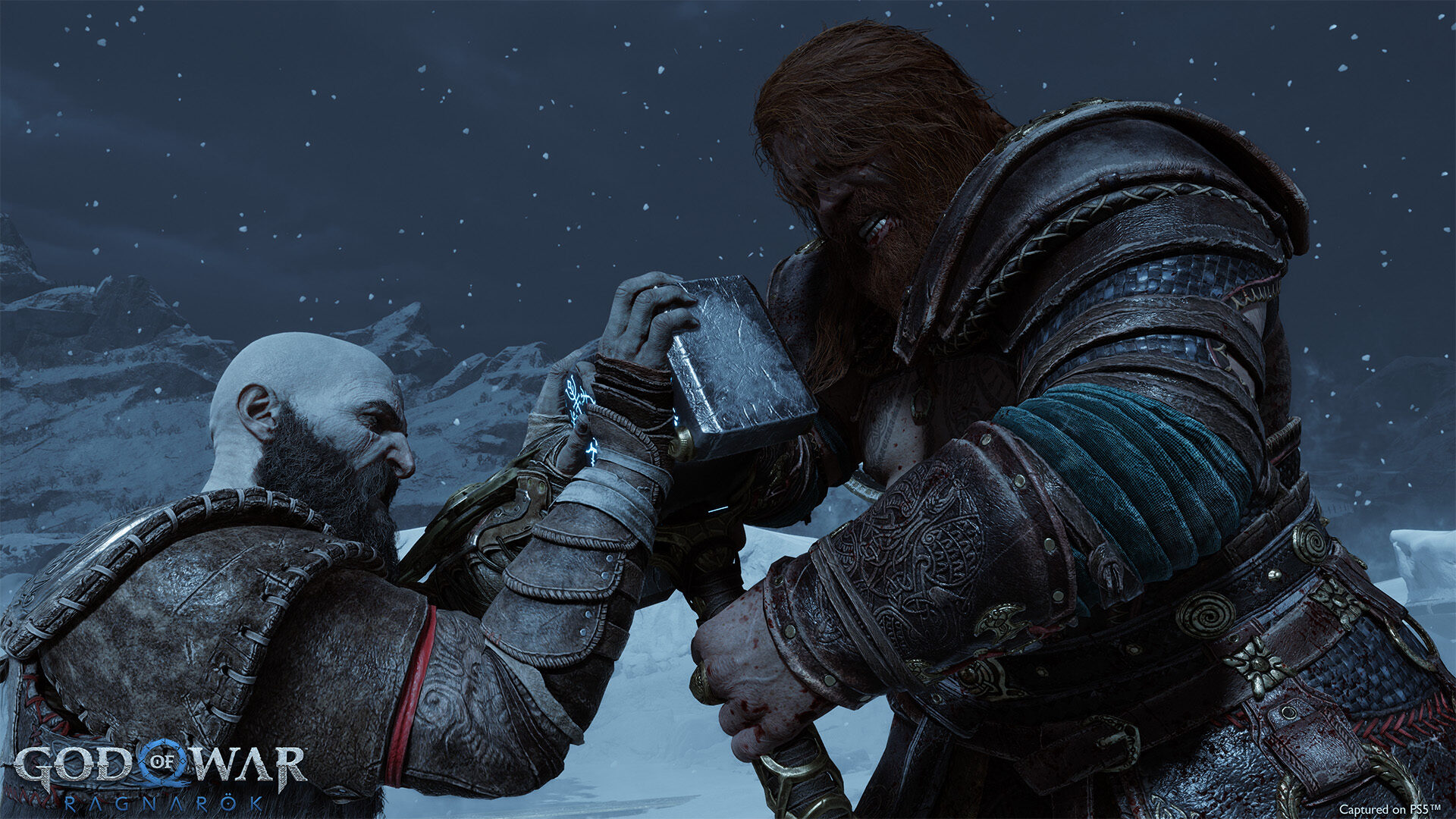
It’s not just that the game is character-driven, it’s that the characters that drive the game are truly remarkable in their own right. The team at Sony Santa Monica has really grasped that a story doesn’t need to be serious or grounded to have depth, that it’s entirely possible to write big and broad characters without making them flat. Almost everyone in Ragnarök is both larger-than-life and human, even when they’re literally not. They’re complicated, with hidden motivations, complex emotions, and depth. I’m aware of the dangers of recency bias, but I honestly want to say that Odin, played by The West Wing’s Richard Schiff, is my favorite video game antagonist, period, end of sentence.
I’m sure I could find a few things to criticize, if I really tried. I don’t recall ever being wowed by the graphics—not that they’re ugly by any stretch, but I doubt they’re pushing the PS5 to its limit. Maybe the realms feel a little small and underpopulated for a story with world-ending stakes. I guess the plot side of the big climax feels a little messy, at least compared to how expertly Ragnarök weaves together its characters’ stories during those moments. The pacing is sometimes maybe just a bit… chunky.
But, no, I’m going to stop myself. I’ve spent almost 70 hours with the game, and I’ve loved all of them—even the ones where I was stubbornly running headlong into optional boss fights for which I was woefully underleveled, over and over again, just to see if I could skill my way through. (Point of pride: I always did, even if it sometimes took me an embarrassing number of attempts. Like, more than I spent on Elden Ring’s Malenia.)
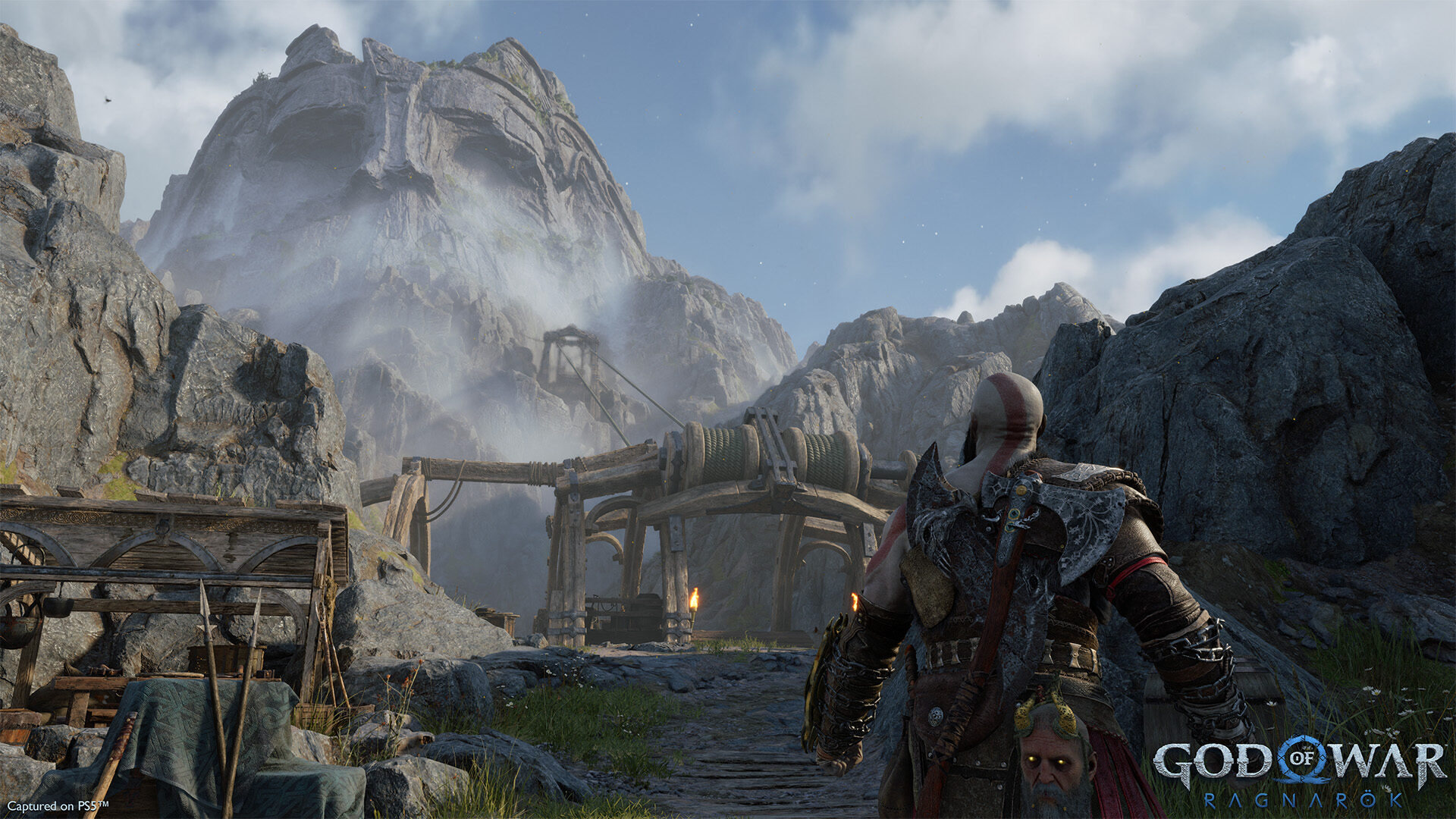
Something they don’t tell you when you sign up to write about games for a living is that being a critic and being a fan are in some respects mutually exclusive. When gaming is a hobby, when all you need to do is decide what you like and play a ton of it, you have the luxury of almost exclusively listening to your brain’s dopamine receptors. But when it’s work, when you have an obligation to evaluate everything you play, you’re constantly trying to figure out if you should like something. Is it really good enough? Isn’t that one thing actually kind of annoying? Sure, you’re having fun, but isn’t it more important to obsess over everything that might be slightly better?
There will be discourse about God of War Ragnarök. I can’t help that. The internet has turned us all into critics. Joy is no longer enough. We need takes. Some of them will be the all-too-common, toxic posturing: “They put Black people in Norse mythology!” “Way to kowtow to the woke mob with all these sTrOnG fEmAlE cHaRaCtErS!” But alongside all the useless trash, there will surely be many insightful critiques, too. Some people will dislike the game, and they won’t be any more wrong than I am for loving it, because that’s how opinions work.
Just this once, though, I want to opt out of the whole miserable cycle. I don’t want to defend what I feel. I don’t want to be a critic. Today, I want to be a fan.
And boy, am I a fan of God of War Ragnarök. In fact, I think it’s one of the best games ever made.
|
★★★★★
God of War Ragnarök is a worthy continuation of (and conclusion to) 2018’s God of War, building on that already strong foundation to deliver an experience deserving of a spot in gaming’s pantheon. New tools and greater enemy variety elevate combat, and the expanded environments and cast give this sequel the epic scope its story demands. But the beating heart of the game remains its characters, and Ragnarök delivers an immensely satisfying next chapter for just about everyone—Kratos and Atreus, returning friends, and new faces alike. |
Developer Santa Monic Studio Publisher Sony Interactive Entertainment ESRB M - Mature Release Date 11.09.2022 |
| God of War Ragnarök is available on PlayStation 5 and PlayStation 4. Primary version played was for PS5. Product was provided by Sony Interactive Entertainment for the benefit of this coverage. EGM reviews on a scale of one to five stars. | |

